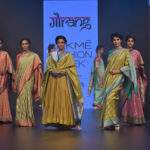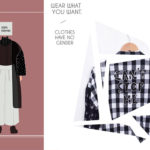The Rise And Rise Of Web-Exclusive Eco-Friendly Apparel
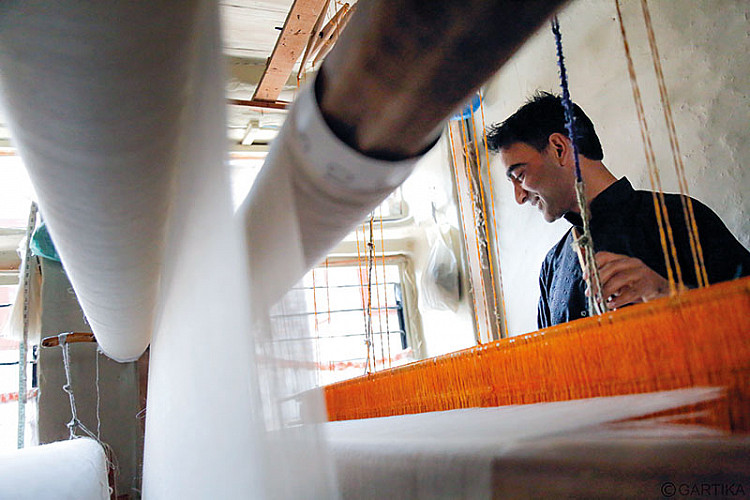
One often hears the words ‘organic’ and ‘ethical’ casually thrown around in conversations about fashion. Pioneered and championed by designers like David Abraham and Rakesh Thakore, Ritu Kumar, Rajesh Pratap Singh and so on, they have made their way into the lexicon and indeed wardrobes of many. Today we also find a number of smaller brands capitalising on the online space, having amassed a loyal following of like-minded supporters of the sustainability movement.
Handmade, with a heart
For many entrepreneurs, the word ‘sustainable’ isn’t limited to their trade, but imbibed in their daily lives. Being conscious of the environment is one of the first reasons why they are motivated to establish their enterprise. As Radhika Rao, founder and CEO of Gartika, an American brand that sells handwoven kaftans, purses, kimonos and cashmere scarves, says: “It was born out of a love for people who believe in old methods of production. Visiting hamlets in Kashmir and spending time in the outskirts of big cities changed my life. Today I have the patience to spend a whole month to create one single item. I am intrigued by everything handmade, be it Zulu baskets from Africa, teak furniture from Bali or Iznik pottery from Turkey, and I believe every global citizen can contribute in some way or the other to protect ancient art forms.”
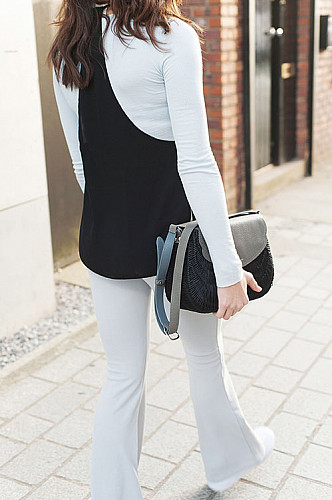
For Belinda and James Yu of Wicker Wings the story began at home. Their grandmother used to weave baskets in China for a living. This, and other stories she shared from that time, led the siblings to begin a brand of wicker handbags in the UK that combined ‘Chinese artisanal work with British leather craftsmanship’. They run a number of initiatives in the interests of native artisans.
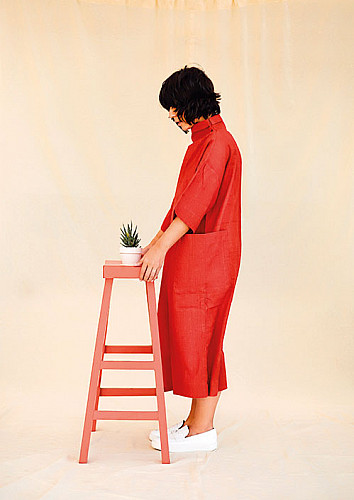
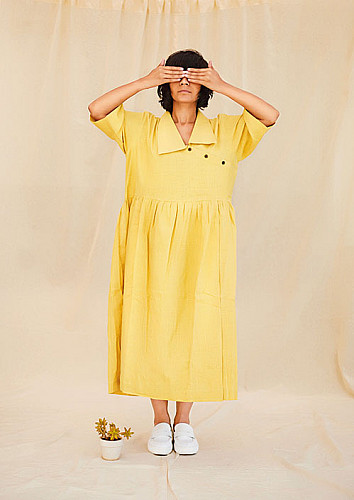
Closer home, Mumbai-based Meenu K. Tiwari also drew inspiration from childhood memories to start The Plavaté, which deals purely with linen garments. “My mother used to make most of the clothes we wore. It is surprising how one picks up these things instinctively as children. Since then, handmade clothes always held a special place in my heart. Wearing my father’s shirt as a child made me fall in love with clothes that are airy and comfortable. My background in advertising taught me the importance of simplicity in design and communication. When I decided to start making clothes, the kind of fabrics I came in contact with helped me appreciate the amount of hard work and creativity that goes into making them,” she reminisces.
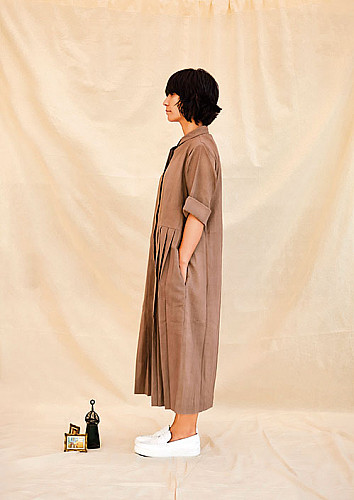
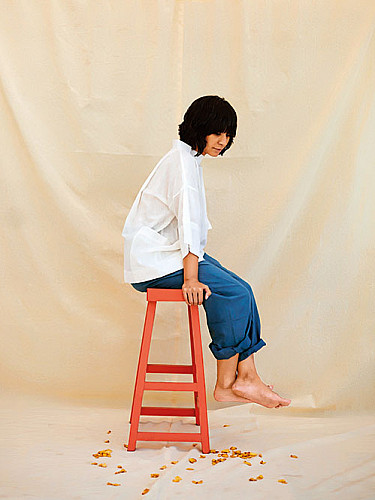
Perks of going digital
For start-ups, the web is an invaluable resource that affords the luxury of working at a convenient time from anywhere, without the investment and overheads involved in setting up a physical store. Some don’t even create a website of their own, but rely on email and platforms like Facebook and Instagram to facilitate sales.
Lack of capital is a common factor that binds younger brands. While most are working towards a brick-and-mortar shop, a great place to start is online. For Datura, which was started by Stefania Borris in Spain and then taken to America, direct-to-consumer selling was the only plausible way to exist. Created from natural fabrics through a ‘tightly controlled manufacturing process’, a store would add to the overall cost of each garment. Not one to compromise on either quality or integrity, Borris has a web-exclusive approach to keep the expenses to a minimum.

For The Plavaté, being online helps in getting the word out. “For a young brand, it is important to be known by more people and this helps us reach a far wider audience. The joy of buying clothes is also associated with touching and feeling the fabric so, eventually, we do wish to allow our customers to buy off a shelf from our own studio,” reveals Tiwari.
Rao cites different reasons for her brand’s digital presence. “An online shop was the easiest way for me to test what I had to offer, and to keep overhead costs low. Things took an interesting turn when Gartika won the Green Dream Award at the Green Festival, an event that brings together and celebrates sustainable brands, in Washington DC last year. I had my seven-year-old niece there telling all those who visited our booth about its origin.”
Convenience at a price
While being web-exclusive certainly has its merits for a newly launched brand, designers often find that they lose out on sales because of the lack of a physical store. Many try and make up for this by participating in travelling exhibitions and pop-ups — which have grown by leaps and bounds to become sophisticated affairs in the last couple of years — or hosting events at their workspace. Bebaak Studio and Crow stock their apparel in multi-brand stores, and Bengaluru-based The Summer House regularly organises workshops and ‘open studio days’.
“Our official launch at Green Festival made it clear that being present online rather than in a brick-and-mortar store may mean slow growth for Gartika. With millions of websites to choose from, getting those eyeballs has been a bit of a challenge,” explains Rao.
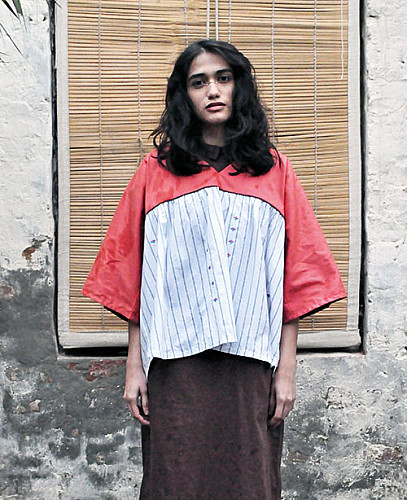
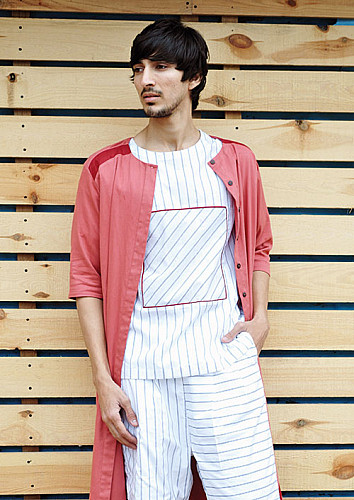
Resham Karmchandani, of The Pot Plant, a label she started with co-founder Sanya Suri, echoes this belief. She adds: “You lose out on a lot of walk-in sales. Many people like to try on and feel what they are buying before going through with the purchase. Besides this, the returns are a problem especially if you are partnering with other online portals. The season often ends by the time we get the product back.”
Design that makes a difference
Like Gartika, many eco-friendly brands seek to adapt traditional techniques for the contemporary market. With organic clothing, the final aesthetic is often defined by the limitations of the fabric, and imperfections have to be embraced. While this fits well with The Plavaté’s ethos of relaxed fits and ease of movement, it may prove daunting for others. Ultimately though, the proof lies in how committed one is to slow fashion and sustainability. The Pot Plant believes in the design reflecting the creator’s vision. “It depends on what you like or the elements you like to work with. Sustainability is not just marked by the kind of fabric used but by the entire life cycle of that product, so it doesn’t affect the aesthetics,” Karmchandani opines.
As for integrity, Rao gives a fitting answer. “It is very easy to change everything that you once stood for and not worry about low-impact dyes, natural fabrics, or where your cashmere or silk is being sourced from. No customer actually tests the fabric composition or whether it’s handmade or not. But we care deeply. It’s the very basis of our existence.”
Related posts from Verve:
Verve Trending
Sorry. No data so far.
us on Facebook to stay updated with the latest trends

